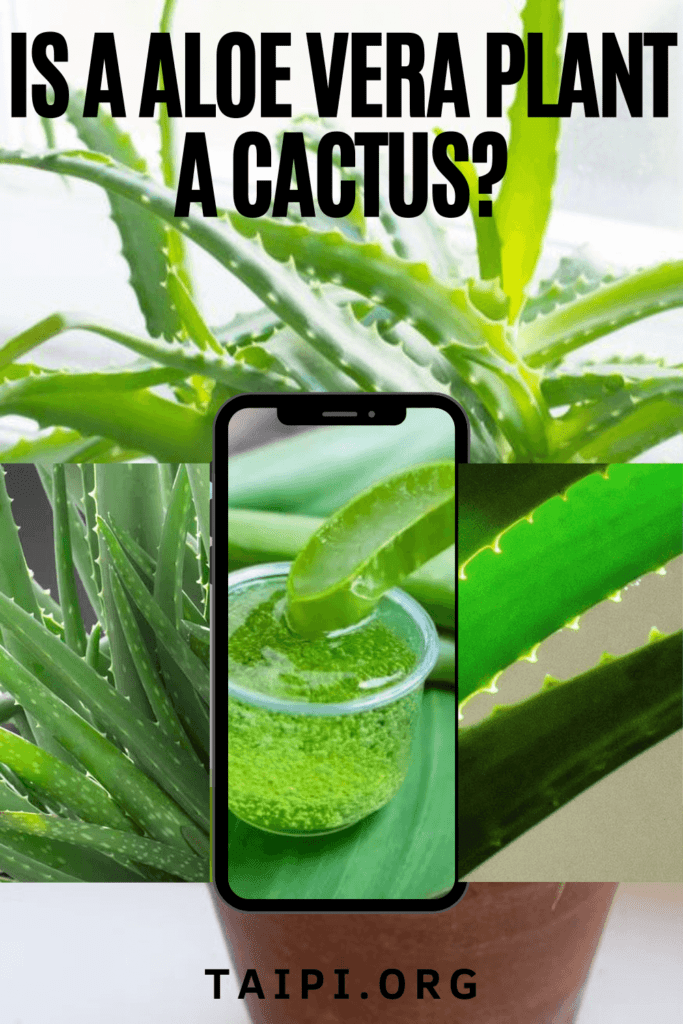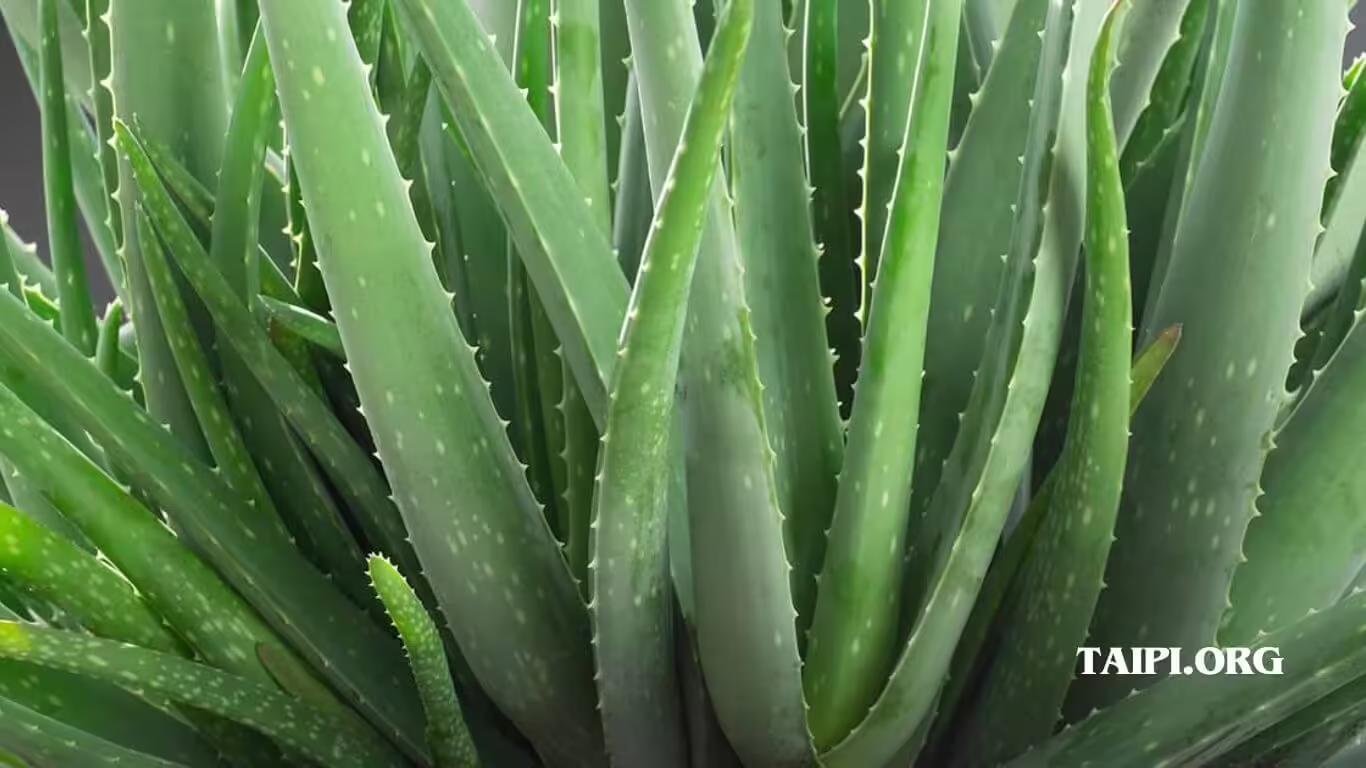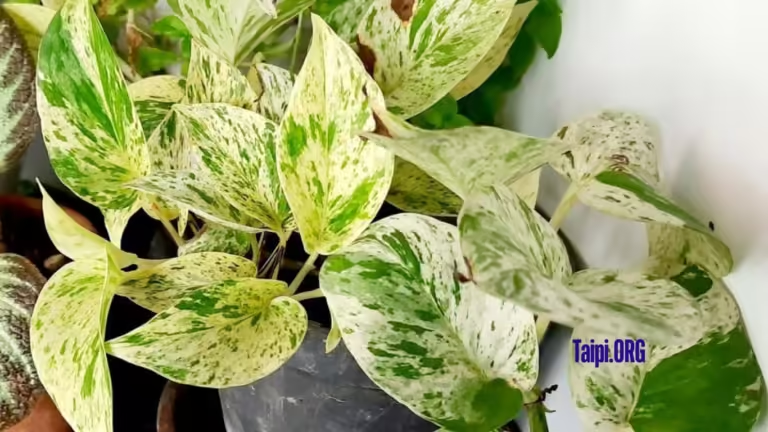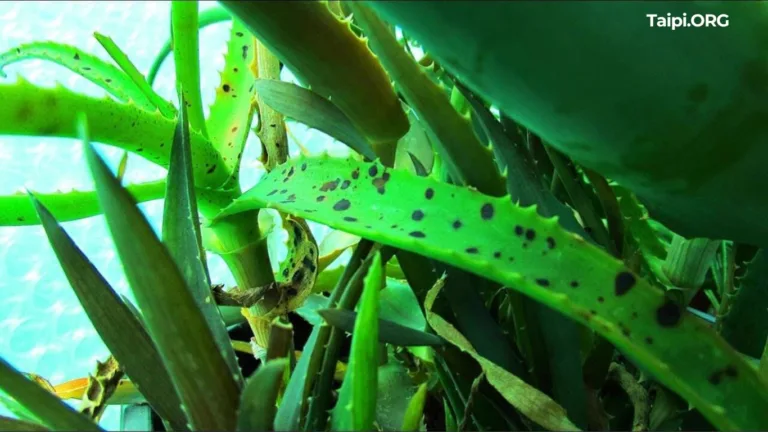Is a Aloe Vera Plant a Cactus?
ALOE VERA is a beloved species known for its medicinal properties and striking appearance in the houseplant realm. However, there persists a common misconception that it belongs to the cactus family, a confusion that I am here to clear by answering the question; is a aloe vera plant a cactus?
Understanding the Taxonomy

To address the question of whether the aloe vera plant is a cactus or not, accurately, we must first understand the taxonomy of plants.
Aloe vera and cacti belong to the Plantae kingdom, but they diverge at the level of their families. Aloe vera is a member of the Asphodelaceae family, while cacti belong to the Cactaceae family.
Distinctive Features of the Aloe Vera Plant
Aloe vera displays several characteristics that differentiate it from cacti. Its leaves are thick and fleshy, typically forming a rosette pattern. These leaves contain a gel-like substance renowned for its soothing properties.
Unlike cacti, Aloe vera lacks prominent spines. Instead, it may have small teeth along the edges of its leaves.
Origins and Habitat
Aloe vera is native to the Arabian Peninsula but is cultivated worldwide for its ornamental and medicinal value.
The plant thrives in arid climates. You can find it in regions with sandy or rocky soil. In contrast, cacti are predominantly native to the Americas, particularly desert regions from the southwestern United States to South America.
Water Storage Adaptations
While Aloe vera and cacti are adapted to arid environments, their water storage methods differ.
Cacti typically store water in their stems, which are modified into thick, succulent structures. In contrast, Aloe vera primarily stores water in its leaves, which accounts for its plump appearance.
Reproductive Strategies
Another point of differentiation lies in their reproductive strategies. Cacti often produce showy flowers, ranging in color and size, to attract pollinators such as bees and birds.
Aloe vera, on the other hand, produces tubular yellow or orange flowers on tall stalks, typically in response to environmental triggers like seasonal changes.
Cultural Significance and Uses
Aloe vera and cacti hold cultural significance and have been utilized by various civilizations for centuries.
Aloe vera’s medicinal properties have been documented in ancient texts, where it was revered for its healing properties including helping with razor bumps.
Cacti, meanwhile, are valued for food, water, and ceremonial purposes by indigenous peoples across the Americas.
What Now: Is An Aloe Vera Plant a Cactus?
Throughout this article, I have endeavored to answer the question: is the aloe vera plant in the cactus family? And as I conclude, here is my view:
While Aloe vera and cacti share some adaptations for arid environments, they belong to distinct botanical families with unique characteristics.
Understanding these differences not only dispels the myth of Aloe vera being a cactus but also deepens our appreciation for the rich diversity of plant life.
So, the next time you admire an Aloe vera plant, remember its rightful place in the botanical world, separate from the cacti that adorn desert landscapes.







